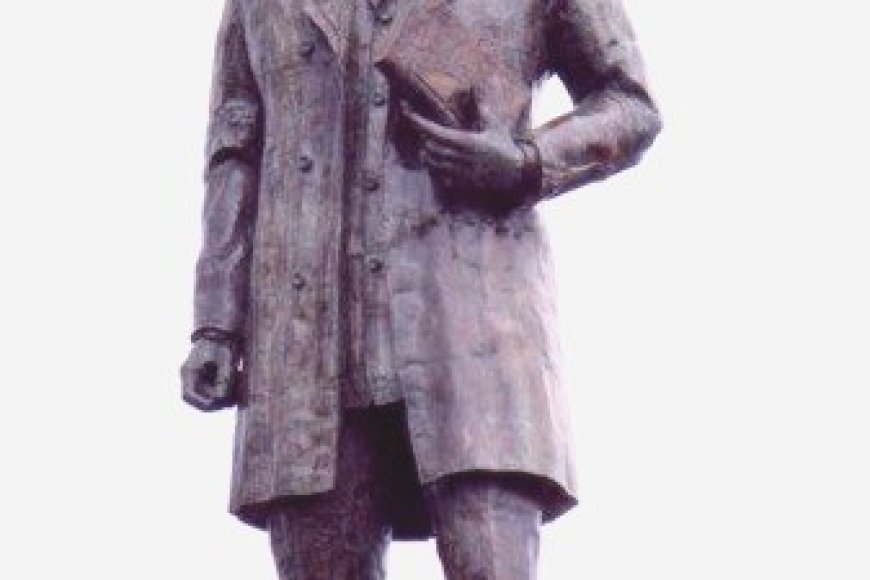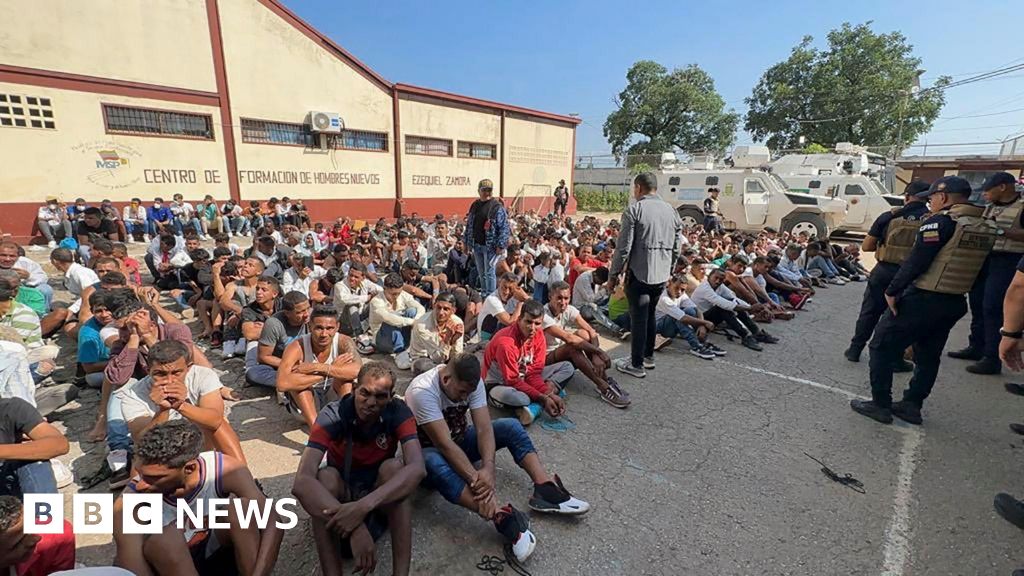
Israel’s Prime Minister Benjamin Netanyahu will visit with U.S. President Donald Trump at the White House on Monday with the situation in Gaza being the main issue to be worked out between the allies. Photo by: Jack Guez / Associated Press
Sunday, July 6, 2025 | 2 a.m.
Editor’s note: “Behind the News” is the product of Sun staff assisted by the Sun’s AI lab, which includes a variety of tools such as Anthropic’s Claude, Perplexity AI, Google Gemini and ChatGPT.
Israeli Prime Minister Benjamin Netanyahu will meet with President Donald Trump on Monday at the White House, marking his third visit to Washington since Trump returned to office in January and highlighting the complex pressures surrounding efforts to end the war in Gaza.
The meeting comes as Trump intensifies his push for a ceasefire and hostage agreement between Israel and Hamas, with the president predicting late last month that a deal could be reached within a week[1]. However, significant policy differences remain between the two leaders on key Middle East issues, while Netanyahu faces mounting domestic political challenges.
Gaza ceasefire is main focus
The primary focus of Monday’s discussions will be efforts to secure a comprehensive ceasefire in Gaza and the release of approximately 50 remaining hostages held by Hamas. Trump has made ending the Gaza conflict a top priority, repeatedly calling for progress on social media with posts urging to “MAKE THE DEAL IN GAZA. GET THE HOSTAGES BACK!!!”
White House press secretary Karoline Leavitt said Monday that Trump and administration officials were in constant communication with Israeli leadership and that bringing about an end to the Gaza conflict is a priority for Trump[2].
“It’s heartbreaking to see the images that have come out from both Israel and Gaza throughout this war, and the president wants to see it end,” Leavitt added. “He wants to save lives.”
The talks will build on previous ceasefire negotiations that resulted in a temporary truce earlier this year. In a social media post, Trump said his representatives had a “long and productive” meeting with Israeli officials about Gaza[3]. The president has proposed a 60-day ceasefire that would include the release of half the remaining hostages in exchange for Palestinian prisoners.
Yet substantial obstacles remain. Hamas continues to demand a permanent end to the war, while Israel seeks only temporary truces that would allow military operations to resume. Netanyahu has insisted that Israel will not agree to end the war unless Hamas surrenders completely and goes into exile — conditions the militant group has rejected.
Policy differences emerge
Despite their alliance, Trump and Netanyahu face growing tensions over the pace and scope of ending the Gaza conflict. Trump has expressed frustration with the continuation of hostilities, particularly after brokering a ceasefire between Israel and Iran following their 12-day conflict in June.
“The president is frustrated about what is happening in Gaza. He wants the war to end, he wants the hostages to come home, he wants aid to go in and he wants to start rebuilding Gaza,” one White House official said[4].
The differences extend to Gaza’s future. In February, Trump made the controversial proposal that the U.S. should take “long-term ownership” of Gaza while Palestinians are resettled to other countries — a plan that drew sharp criticism from Arab leaders and was described by some as ethnic cleansing. Netanyahu appeared supportive of Trump’s Gaza proposals during their February meeting, though such plans would face massive international opposition.
Trump’s approach also differs from Netanyahu’s on Iran policy. While both leaders collaborated successfully in striking Iran’s nuclear facilities during their June conflict, they may have different timelines for future action against Tehran’s nuclear program.
Domestic political pressures
Netanyahu arrives in Washington facing significant domestic challenges that complicate his position in negotiations. His governing coalition has been weakened by the departure of far-right National Security Minister Itamar Ben-Gvir, who quit over the previous Gaza ceasefire agreement. Finance Minister Bezalel Smotrich has threatened to follow suit unless Israel resumes fighting with greater force.
“Netanyahu is pressed between the far-right and Donald Trump,” said political analyst Amotz Asa-El, with the Shalom Hartman Institute in Jerusalem[5]. “Netanyahu’s coalition now is fragile and the likelihood that it will fall apart sometime in the course of 2025 is high.”
The political pressure has intensified around Netanyahu’s ongoing corruption trial. The Jerusalem District Court canceled this week’s hearings in Netanyahu’s long-running corruption trial, accepting a request the Israeli leader made citing classified diplomatic and security grounds[6].The postponement came after Trump publicly criticized the proceedings, calling them “INSANITY” and a “witch hunt.”
“The United States of America spends Billions of Dollar (sic) a year, far more than on any other Nation, protecting and supporting Israel. We are not going to stand for this,” Trump said[7]. The unprecedented intervention by a U.S. president in an allied nation’s judicial proceedings drew criticism from Israeli opposition leaders.
Strategic goals and Saudi Arabia
Beyond the immediate Gaza crisis, both leaders share ambitions to expand the Abraham Accords and potentially include Saudi Arabia in diplomatic normalization with Israel. This represents one area of significant agreement between Trump and Netanyahu, though achieving it requires ending the Gaza war first.
Trump has indicated he sees potential for a broader Middle East realignment, viewing the current moment as an opportunity to capitalize on Iran’s weakened position after the recent conflict. However, Saudi Arabia has maintained that Palestinian statehood remains a prerequisite for normalization with Israel — a condition that Netanyahu’s coalition strongly opposes.
Netanyahu’s DC schedule
Netanyahu’s visit will include meetings with key Trump administration officials beyond the president. He is also expected to conduct other classified security meetings. Netanyahu is scheduled to fly out today and return either Thursday or Friday.
The prime minister’s legal team successfully obtained court approval for the Washington trip by arguing the meetings involved matters of national security. Netanyahu is expected to meet with Trump, Vice President J.D. Vance, Secretary of State and National Security Adviser Marco Rubio, Mideast envoy Steve Witkoff, Secretary of Defense Pete Hegseth and the heads of the Senate and the House, The Jerusalem Post reported[8].
The visit follows preparatory talks by Israeli Minister for Strategic Affairs Ron Dermer, who traveled to Washington last week for discussions on Gaza, Iran and regional security matters. An official in Netanyahu’s office said earlier that Dermer was in the U.S. to “try to press the Americans to press the Qataris to press Hamas” for more concessions amid ongoing discussions for a ceasefire and hostage release deal[9].
Regional implications
The outcome of Monday’s meetings could have far-reaching implications for Middle East stability. The impending visit was confirmed by two U.S. administration officials who spoke on the condition of anonymity because they were not authorized to comment publicly on it[10]. The trip will be Netanyahu’s third visit to the White House since Trump returned to office in January, and it comes after the United States inserted itself into Israel’s war against Iran by attacking Iranian nuclear sites.
The frequency of Netanyahu’s visits — no other world leader has met Trump more than once since January — underscores the critical nature of U.S.-Israel coordination during this period of regional upheaval. The meetings come as other international pressure mounts, with European allies threatening additional sanctions if Israel does not agree to expanded humanitarian aid and a sustainable ceasefire.
.png)








 English (US) ·
English (US) ·